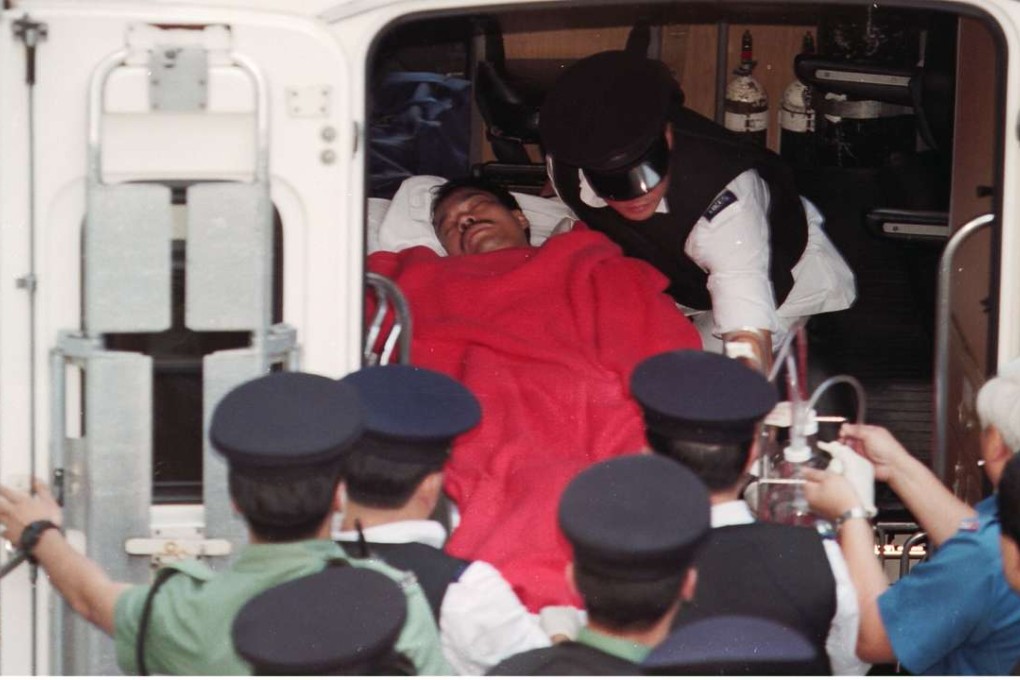‘King of Thieves’ Yip Kai-foon forced Hong Kong police to change tactics and beef up arms
AK-47-toting gangster was involved in numerous raids on jewellery shops; he was eventually brought down amid rumours that he planned to kidnap Li Ka-shing’s son with ‘Big Spender’ Cheung Tsz-keung

“King of Thieves” Yip Kai-foon, who died in Queen Mary Hospital on Wednesday, was one of Hong Kong’s “larger-than-life” crime bosses in the 1980s and 90s who forced the police to change the way they handled organised crime.
A veteran police officer recalled to the Post that the arrival of many criminals from Guangdong province to carry out high-profile robberies of jewellery shops prompted the force to expand its structure and beef up its arms.
“The arms and the design of the handgun used by police officers in the 1980s could not be compared to those heavy weapons used by mainland robbers,” the officer, who did not want to be named, said.
“There were not even enough flak jackets for Emergency Unit officers so we had to upgrade our weapons, change our tactics and expand the Organised and Serious Crime Bureau to fight against serious crime.”
The Organised and Serious Crimes Ordinance came into effect in 1995 to strengthen the force’s ability to investigate serious crime including triad-related offences.